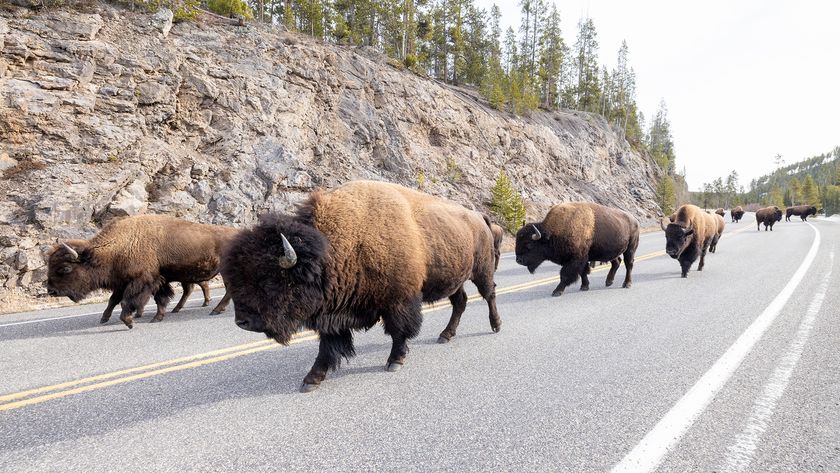In Photos: The Fight Over Gray Wolves' Endangered Status
Gray Wolves

A proposal to drop gray wolves from the United States' list of threatened and endangered species has inflamed passions over one of the nation's most controversial and storied species. Here's a gallery to show what's at stake.
Once Nearly Extinct
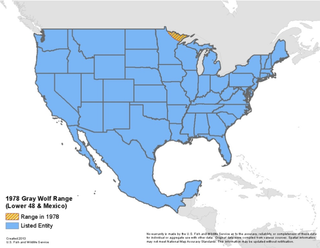
When gray wolves were listed as an endangered species in 1978, they had been almost entirely extirpated from the continental United States, only found in part of northern Minnesota and Michigan's Isle Royale in Lake Superior.
Gray Wolf Recovery
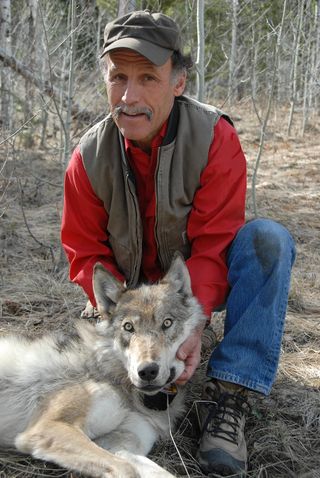
Thanks to recovery and reintroduction programs, there are now more than 5,000 wolves in the western United States. This image shows Mike Jimenez, northern Rocky Mountain wolf management and science coordinator for the U.S. Fish and Wildlife Service, with a collared wolf.
Where the Wolves Are
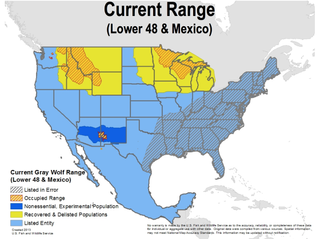
In this map made by the U.S. Fish and Wildlife Service, the striped orange areas show where gray wolves (Canis lupus) currently live in the lower 48. The yellow regions show the areas where wolves have been deemed recovered and their management handed over to state officials. Under the federal delisting proposal, a subspecies of gray wolf, the Mexican wolf, would retain protections in the dark blue part of Arizona and New Mexico. The striped gray region in the eastern states shows where the gray wolf has been "listed in error." A recent study suggested that wolves once found in that region are actually a separate species, Canis lycaon; they are now only found in eastern Canada.
A Controversial Proposal
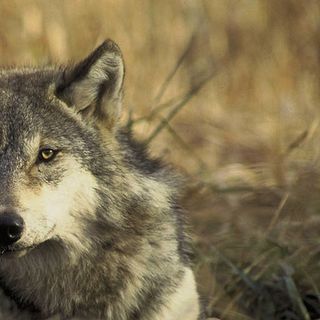
Critics of the proposal to delist gray wolves argue that the decision is premature. They say stripping wolves of their federal protections could hurt the animals' chance of recolonizing other parts of their historic range, such as Colorado and Utah.
Mexican Wolf Pup
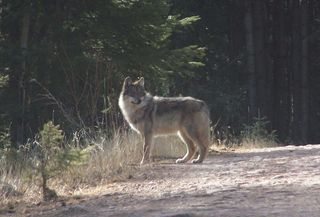
Mexican wolves, like this pup shown here, will remain protected under the proposal. There are about 75 of the animals living in an experimental population in New Mexico and Arizona.
Mexican Wolf
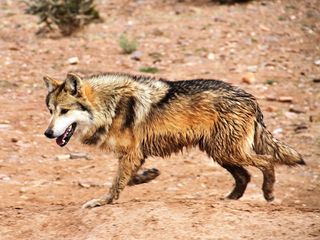
The Mexican wolf (Canis lupus baileyi) is a smaller subspecies of gray wolf, typically about the size of a German shepherd.
Sign up for the Live Science daily newsletter now
Get the world’s most fascinating discoveries delivered straight to your inbox.
Pack Animals
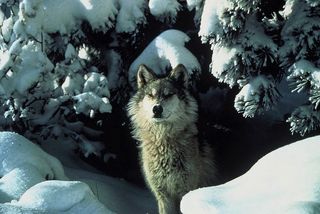
Wolves are highly social animals that live in packs, though lone wolves sometimes disperse, traveling hundreds of miles in search of a mate. Wolf packs live in territories that can range from 50 square miles to more than 1,000 square miles.


